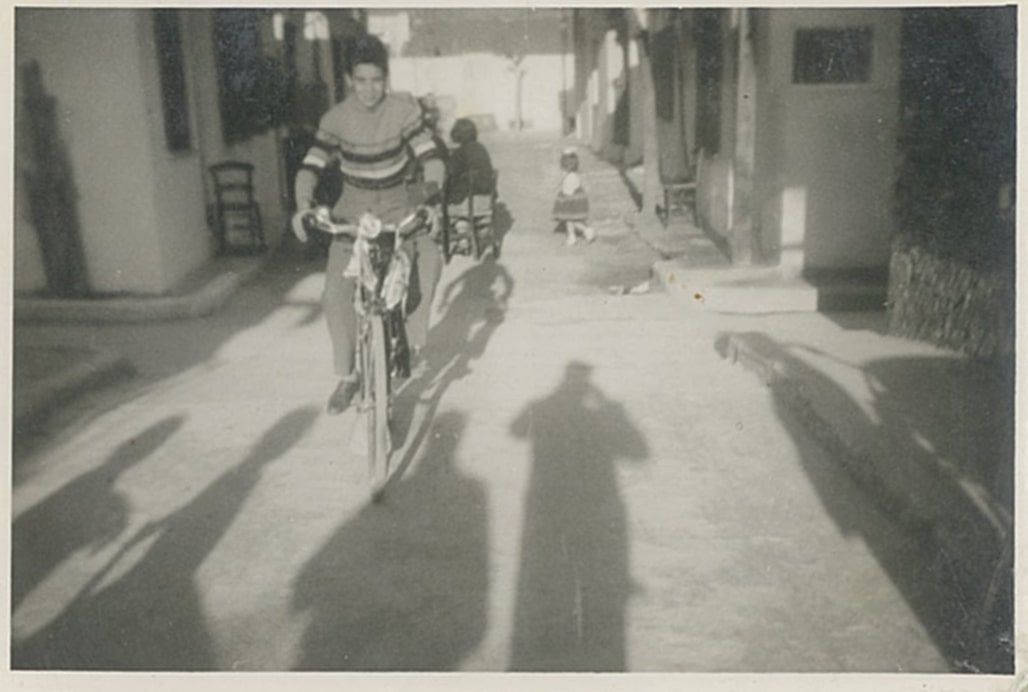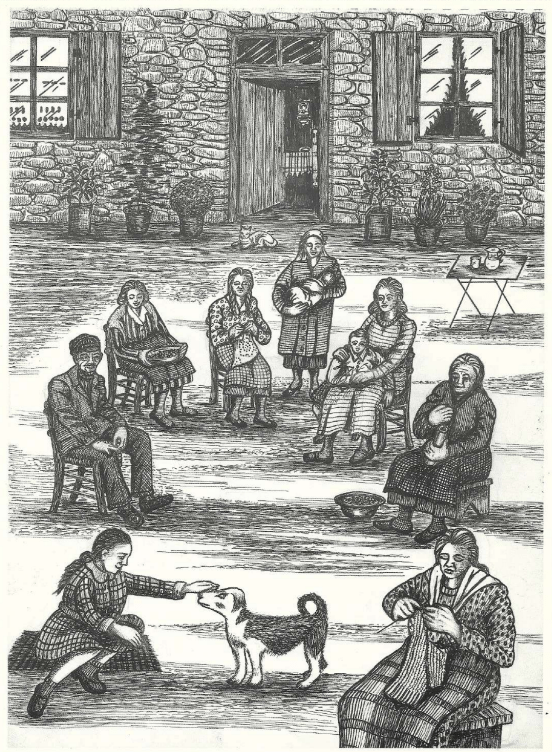At the end of the 19th century, the city of Volos started its steady rise to prominence as a commercial and industrial centre, relying mostly on manufacturing and trade for its economic development. From 1921 to 1924, the city’s port received consecutive waves of refugees.
Nea Ionia - Volos
Between 1921 and 1924 Volos became a place of reception and settlement of a large number of refugees (11,945 out of a total population of 47,892 inhabitants, according to the 1928 census) caused by the Greek-Turkish war of 1919-1922.The city in the interwar period, thanks to the presence of refugees, most of whom were cheap labour, was transformed into one of the largest industrial centres of the country. The city's thriving industry attracted rural people with the attractions of urban life and job security.
Krafsidonas is one of the three main seasonal rivers of Volos, along with Anavros and Xiria. It starts on the mountain of Pelion and empties into the city’s port, flowing through the northern part of Volos. It was also the natural boundary separating the refugee settlement, which later became the Municipality of Nea Ionia, from the Municipality of Pagases.
Fardy is barely 350 metres long from end to end, from Krafsidonas Bridge to Evangelistrias Square. Although it was designed as an extension of November 2nd Street, Volos’ main road, it was given another name to mark both its difference and its otherness. It has changed many names since it was opened: Chalkidonos Street until 1949, Vasileos Pavlou Street until 1983, Eirinis Avenue since then. But for the locals it has always been Fardys or Fardy, the ‘Wide Road’.
The ‘Byzantium’ patisserie, Stamatiadis’ butcher shop, Garitsis’ grocery store (which later became a poultry and egg wholesale store), Minysios’ delicatessen, Karathanasopoulos’ shop. These are just some of the names of stores on Fardy, which hosted grocery stores, butcher shops, fishmonger’s, general stores, shops selling coffee beans and sundries, barber shops, newsstands, a cinema on Averof Street, coffee shops, and a bicycle shop. Most of them are gone and only few survive.
Kyriaki Moschou spent a large part of her childhood at the home of her grandma, Kyriakoula Antoniou Moschou at 14 Kallipoleos Street. She describes the neighbourhood where she grew up and what it was like to live in these houses, which were so close they practically ‘nested together, one inside the other’.
Despoina Moustani was born in 1880 in Kydonies (Ayvalık) in the Ottoman prefecture of the same name, part of the Sanjak of Smyrna. She came to Volos as an exchangeable refugee in the summer of 1924 along with her seven children. A few months earlier, she had lost her husband Evangelos Moustanis, who had been killed by a Turk in Ayvalık.
During the 1940s, the population of the metropolitan area of Volos increased by 18,5%. In 1951, a total of 65,090 people resided in Volos and Nea Ionia. A large portion of this increase can be attributed to a wave of internal migration during the second half of the 1940s, which was caused mainly by widespread political persecutions in Greek rural areas and the climate of terror generated by the civil war.
The first two refugee schools opened their doors for students in the school year 1924-1925 and were both located near what today is called Evangelistrias Square. It was the 1st Refugee Elementary School for boys, with the students divided into four classes, and the 1st Refugee School for girls, where the students were divided into three classes.
After the collapse of the socialist regimes in the 1990s, millions of people migrated from the Balkans and Eastern Europe. Since Greece was a neighbouring country with a fast-growing economy at the time, it became an attractive destination for thousands of migrants looking to resettle, especially from Albania.














